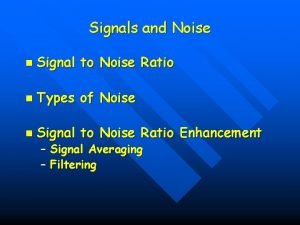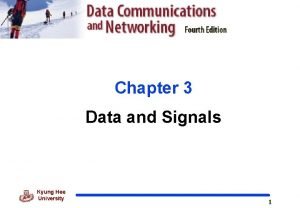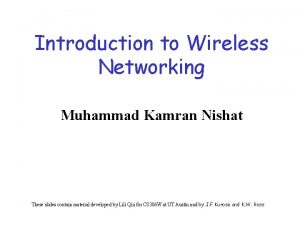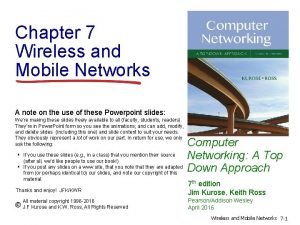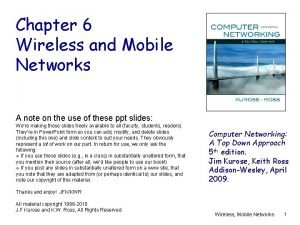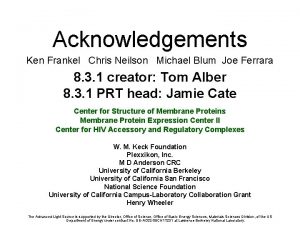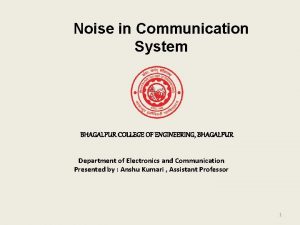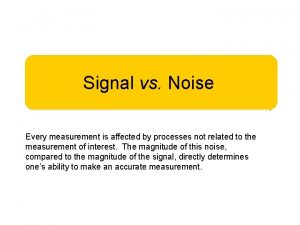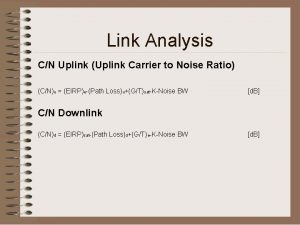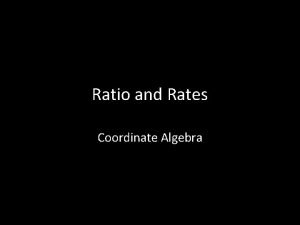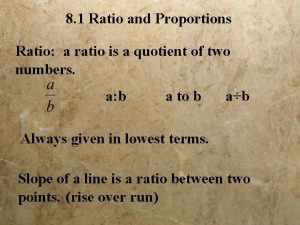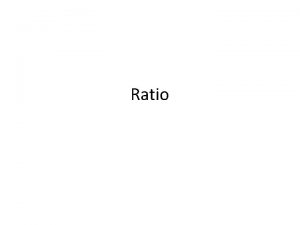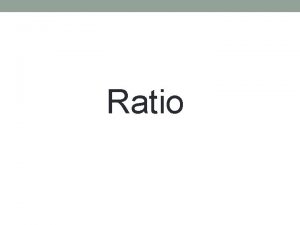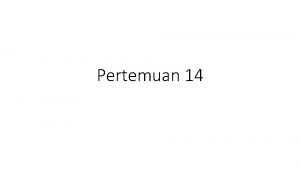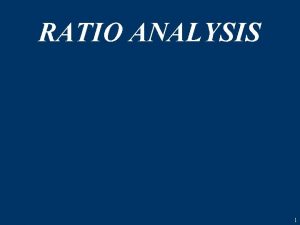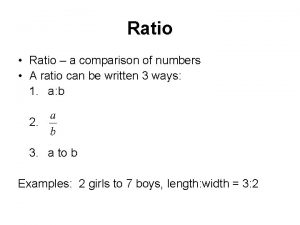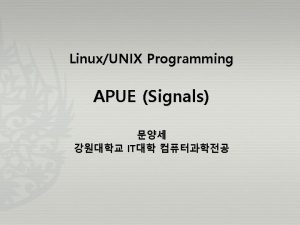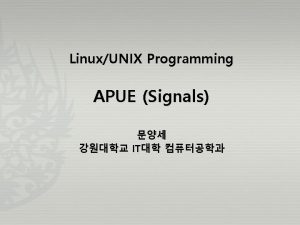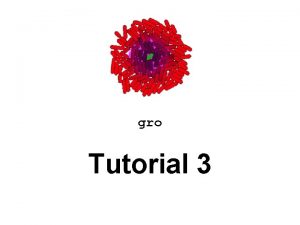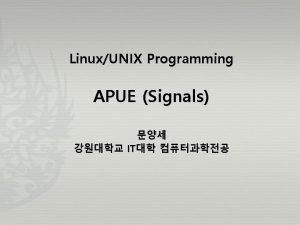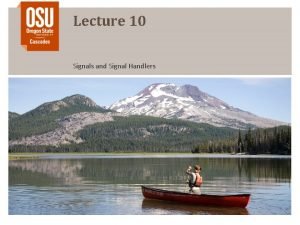Signals and Noise n Signal to Noise Ratio

















- Slides: 17

Signals and Noise n Signal to Noise Ratio n Types of Noise n Signal to Noise Ratio Enhancement – Signal Averaging – Filtering

Signal-Noise Ratio n n The signal is what you are measuring that is the result of the presence of your analyte Noise is extraneous information that can interfere with or alter the signal. It can not be completely eliminated, but hopefully reduced! – “True” Noise is considered random! » Indeterminate error

n n Since noise can not be eliminated (it is random), we are more interested in the S/N ratio than the intensity of the noise This is mathematically the inverse of the RSD, or we can say that………


S/N Objective? n n n Reduce as much of the noise as possible by carefully controlling conditions – Temperature, power supply variations, etc. Increase the signal to noise ratio – THIS IS THE NAME OF THE GAME! – More signal vs. noise means a lower STDEV! » More precise measurement – Lower STDEV means a lower LOD » Lower limits of detection A S/N ratio of 3 is usually the minimum that is acceptable. Why? – What is the significance of 3?

Types of Noise…. . n Chemical Noise – Undesired chemical reactions – Reaction/technique/instrument specific n Instrumental Noise – Germane to all types of instruments – Can often be controlled physically (e. g. temp) or electronically (software averaging)

Instrumental Noise n Thermal (Johnson) Noise: – Thermal agitation of electrons affects their “smooth” flow. – Due to different velocities and movement of electrons in electrical components. – Dependent upon both temperature and the range of frequencies (frequency bandwidths) being utilized. – Can be reduced by reducing temperature of electrical components. » Eliminated at “absolute” zero. – Considered “white noise” because it is independent of frequency.

n Shot Noise: – Occurs when electrons or charged particles cross junctions (different materials, vacuums, etc. ) – Considered “white noise” because it is independent of frequency – Due to the statistical variation of the flow of electrons (current) across some junction » Some of the electrons jump across the junction right away » Some of the electrons take their time jumping across the junction

n Flicker Noise – Frequency dependent – Significant at frequencies less than 100 Hz – Magnitude is inversely proportional to frequency – Results in long-term drift in electronic components

n Environmental Noise – Unlimited possible sources – Can often be eliminated by eliminating the source » Other noise sources can not be eliminated!!!!!! – Methods of eliminating it… » Moving the instrument somewhere else » Isolating /conditioning the instruments power source » Controlling temperature in the room n Control expansion/contraction of components in instrument » Eliminating interferences n n Stray light from open windows, panels on instrument Turning off radios, TV’s, other instruments


Signal Averaging (one way of controlling noise) n Ensemble Averaging – Collect multiple signals over the same time or wavelength (for example) domain – EASILY DONE WITH COMPUTERS! n n n Calculate the mean signal at each point in the domain Re-plot the averaged signal Since noise is random (some +/ some -), this helps reduce the overall noise by cancellation!


n Boxcar Averaging – Take an average of 2 or more signals in some domain – Plot these points as the average signal in the same domain – Can be done with just one set of data – You lose some detail in the overall signal



Polynomial Smoothing n n n Like Boxcar Averaging Multipoint digital data averaging Results in loss of some data at the beginning and the end of the data set.
 S/n ratio
S/n ratio Baseband and broadband transmission
Baseband and broadband transmission Snr signal to noise ratio
Snr signal to noise ratio Snr signal to noise ratio
Snr signal to noise ratio Snr signal to noise ratio
Snr signal to noise ratio Communicative signals and informative signals
Communicative signals and informative signals Features of human language
Features of human language Communicative and informative signals
Communicative and informative signals Baseband signal and bandpass signal
Baseband signal and bandpass signal Baseband signal and bandpass signal
Baseband signal and bandpass signal What is the product of an even signal and odd signal
What is the product of an even signal and odd signal Companding in pcm
Companding in pcm Dr michael frankel
Dr michael frankel Noise is added to a signal in a communication system *
Noise is added to a signal in a communication system * Signal vs noise
Signal vs noise Digital signal as a composite analog signal
Digital signal as a composite analog signal Carrier power formula
Carrier power formula Carrier to noise ratio
Carrier to noise ratio
